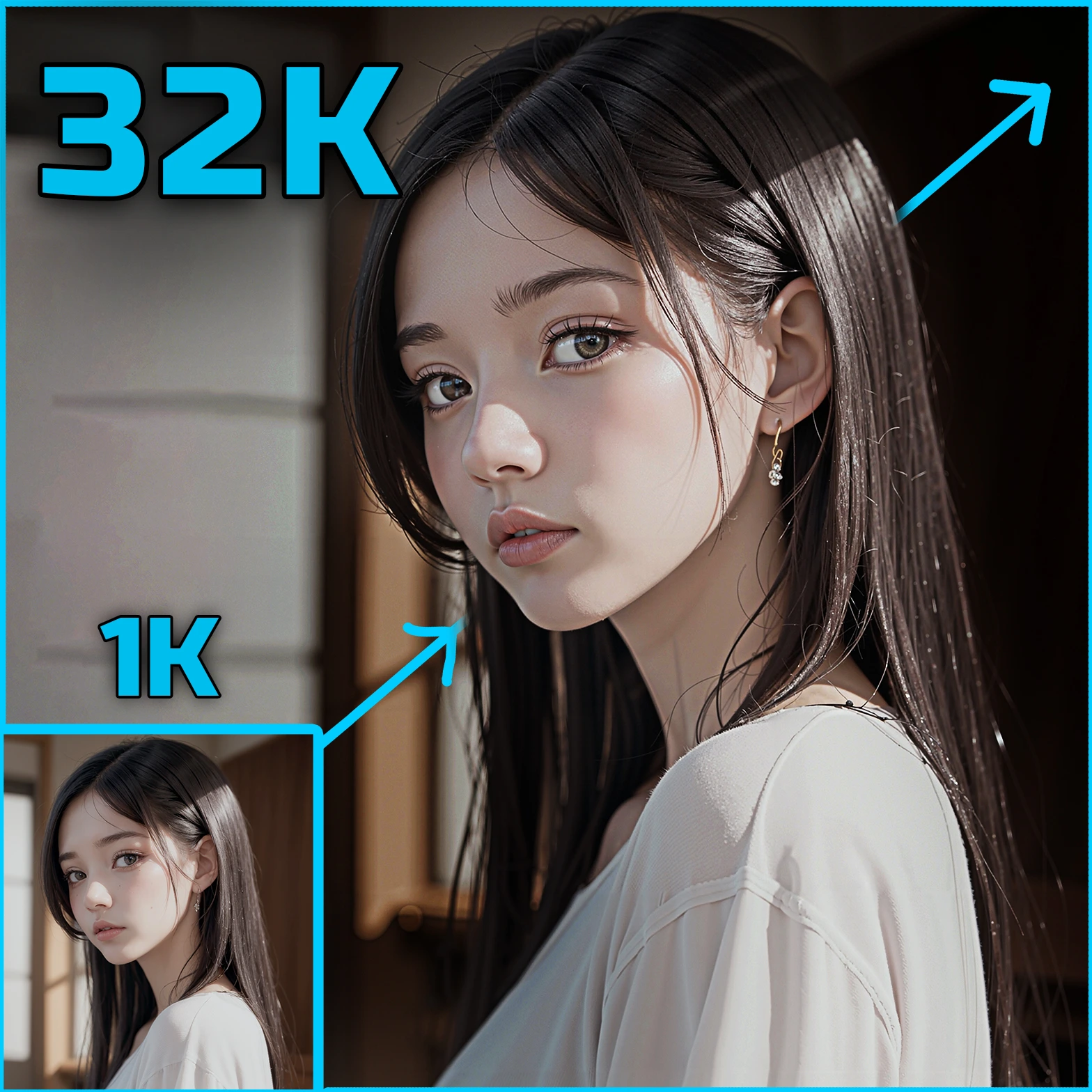ComfyUI Node: CLIP Text Encode (Prompt)
CLIPTextEncode
Categoryconditioning
ComfyAnonymous (Account age: 833days) Extension
ComfyUI Latest Updated
2025-04-05 Github Stars
73.39K
How to Install ComfyUI
Install this extension via the ComfyUI Manager by searching for ComfyUI- 1. Click the Manager button in the main menu
- 2. Select Custom Nodes Manager button
- 3. Enter ComfyUI in the search bar
Visit ComfyUI Online for ready-to-use ComfyUI environment
- Free trial available
- 16GB VRAM to 80GB VRAM GPU machines
- 400+ preloaded models/nodes
- Freedom to upload custom models/nodes
- 200+ ready-to-run workflows
- 100% private workspace with up to 200GB storage
- Dedicated Support
CLIP Text Encode (Prompt) Description
Transform textual input into conditioning data for AI models, leveraging CLIP for generative art and image synthesis.
CLIP Text Encode (Prompt):
The CLIPTextEncode node is designed to transform textual input into a format that can be used for conditioning in various AI models, particularly those used in generative art and image synthesis. By leveraging the CLIP (Contrastive Language-Image Pre-Training) model, this node encodes text into a set of tokens and further processes these tokens to generate conditioning data. This conditioning data can then be used to guide the generation process, ensuring that the output aligns closely with the provided textual description. The node is highly versatile, supporting multiline text and dynamic prompts, making it a powerful tool for AI artists looking to integrate complex textual descriptions into their creative workflows.
CLIP Text Encode (Prompt) Input Parameters:
clip
This parameter expects a CLIP model instance. The CLIP model is responsible for tokenizing and encoding the text input. It plays a crucial role in transforming the textual description into a format that can be used for conditioning. The quality and characteristics of the conditioning data depend significantly on the CLIP model used.
text
This parameter accepts a string input, which can be multiline and supports dynamic prompts. The text provided here is the description that you want to encode and use for conditioning. The more detailed and specific the text, the more accurately the conditioning data will reflect the intended description. This parameter does not have a predefined minimum or maximum length, but the effectiveness of the encoding may vary with the length and complexity of the text.
CLIP Text Encode (Prompt) Output Parameters:
CONDITIONING
The output of this node is a conditioning data structure that includes encoded tokens and pooled outputs. This conditioning data is used to guide the generative process in AI models, ensuring that the generated content aligns with the provided textual description. The conditioning data is a complex structure that includes various elements like cross-attention control and pooled outputs, which are essential for fine-tuning the generative process.
CLIP Text Encode (Prompt) Usage Tips:
- Use detailed and specific text descriptions to get more accurate conditioning data. The quality of the generated content heavily depends on the clarity and specificity of the input text.
- Experiment with multiline and dynamic prompts to explore different conditioning effects. This can help you achieve more nuanced and varied results in your generative art projects.
- Ensure that the CLIP model instance you are using is well-suited for your specific use case. Different models may have varying strengths and weaknesses, so choose one that aligns with your artistic goals.
CLIP Text Encode (Prompt) Common Errors and Solutions:
"Tokenization failed"
- Explanation: This error occurs when the text input cannot be tokenized by the CLIP model.
- Solution: Ensure that the text input is properly formatted and does not contain unsupported characters. Try simplifying the text or breaking it into smaller segments.
"Encoding failed"
- Explanation: This error indicates that the CLIP model encountered an issue while encoding the tokens.
- Solution: Verify that the CLIP model instance is correctly loaded and compatible with the text input. Check for any updates or patches for the CLIP model that might resolve encoding issues.
"Mismatch in token lengths"
- Explanation: This error happens when there is a discrepancy in the lengths of different token sets.
- Solution: Ensure that all text inputs are of similar length or use padding options to equalize the token lengths. This can often be resolved by adjusting the text input or using the
empty_paddingparameter if available.
CLIP Text Encode (Prompt) Related Nodes
RunComfy is the premier ComfyUI platform, offering ComfyUI online environment and services, along with ComfyUI workflows featuring stunning visuals. RunComfy also provides AI Models, enabling artists to harness the latest AI tools to create incredible art.



